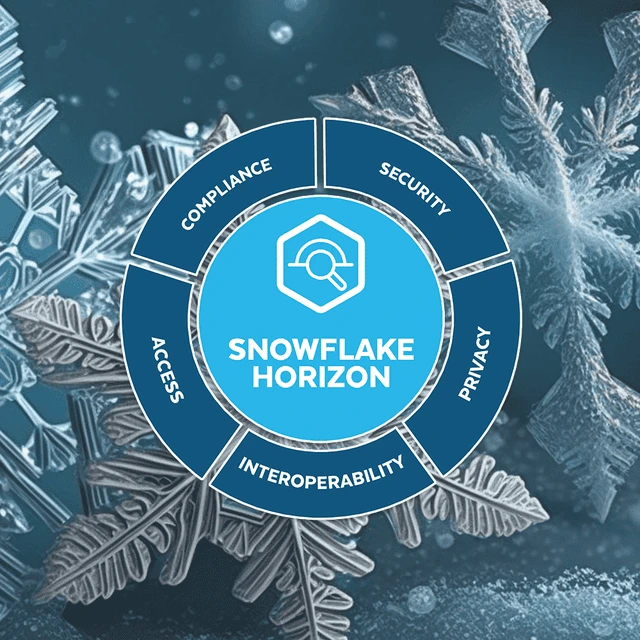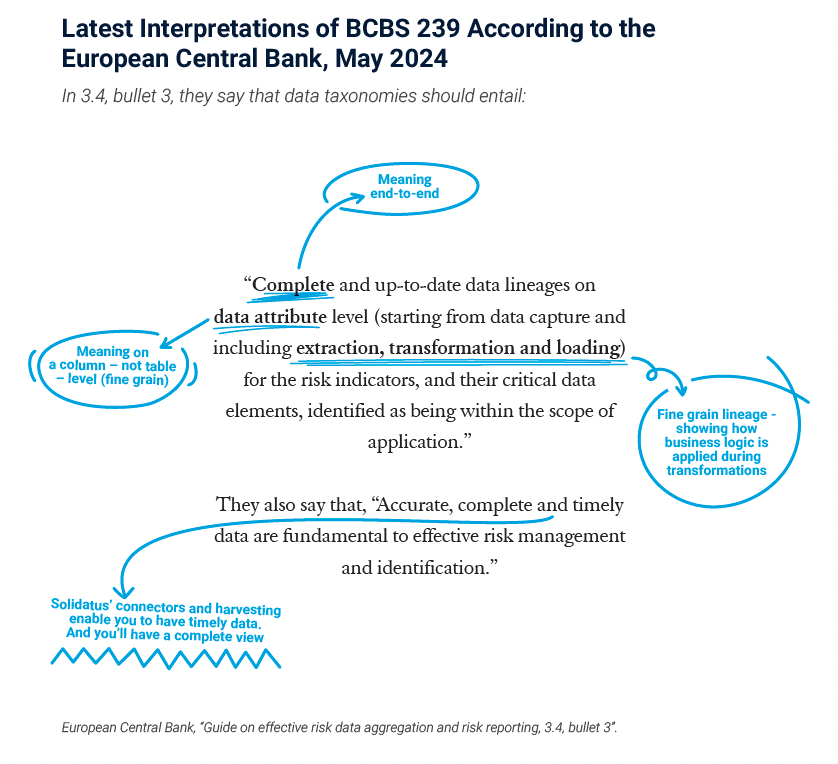Solidatus recognized in 2022 Gartner® Market Guide

Last month, Gartner® published its Market Guide for Active Metadata Management*.
We were delighted – but not surprised – to see that Solidatus was named a Representative Vendor in this Market Guide report as to us, active metadata is at the heart of everything we do.
But what is active metadata?
Gartner opinion
In the report, Gartner describes active metadata management as “a set of capabilities across multiple data management markets, led primarily by recent advancements in how metadata can be used for continuous analysis. Data and analytics leaders must consider the market evolution as transformational in all data-enabling technologies”.
In our opinion, this is a great overview, and we’d recommend you read the full report. Highlights include:
- A strategic assumption that “[t]hrough 2024, organizations that adopt aggressive metadata analysis across their complete data management environment will decrease time to delivery of new data assets to users by as much as 70%”;
- A market direction, which states that, “[o]verall, the metadata management software market grew at 21.6%, reaching $1.54 billion in U.S. dollars. This is one of the highest growing markets within data management software overall, following the DBMS market growth of 22%, although from a much smaller revenue base”; and
- A market analysis that states that “[c]ollaborative utilization will require new ways to capture and visualize metadata (driven by data preparation for analytics). Included is the capability of rating, ranking, tagging of data and ability to communicate within the metadata solutions”.
But we think active metadata means slightly different things to different vendors.
In this short blog post, a prelude to a series of more detailed blog posts on this increasingly important subject, we summarize what active metadata means to Solidatus and its growing body of users.
The DNA of Solidatus
It took others to identify and name active metadata. But – as with DNA itself, which obviously existed before Watson and Crick discovered and named it in the 1950s – active metadata is, and has always been, in our DNA.
It’s what we do and it’s what underpins our technology, through whichever use case lens you view our data lineage solution.
It starts with metadata itself, which we’d define as a special kind of data that describes business processes, people, data and technology, and the relations between them, bringing context and clarity to the decisions that link them. Traditional examples include data catalog and business glossary.
This brings us to active metadata. We believe our definition resonates with Gartner’s: the way we see it, active metadata is the facility to reason about, visualize dynamically and gain continuous insight from information about data, data systems, business entities and business concepts, the relations between them, and stored knowledge about them.
How we make metadata active
So, what makes active metadata active and why is it so different from what went on before? At Solidatus, we’d answer these questions with four points:
- Active metadata includes logical reasoning;
- Active metadata offers a very dynamic form of visualization;
- The information in active metadata is not just about the entities themselves, but about the connections between them; and
- Active metadata should include stored knowledge. This is subtly different from other metadata, because it sits at a higher level, and offers more general, or more universal, information, such as business definitions.
The consequence of all of these is continuous insight. It’s more dynamic, it’s more complete, it’s based on context as well as content, and it respects standards.
It’s a whole different ballgame.
We’ll expand on these in future blog posts, but anyone familiar with Solidatus will immediately appreciate how we sit right in the centre of this space.
The wider context
We’ll finish by contextualizing active metadata, at least as we see it, in terms of what’s delivered, the attributes of an active metadata solution, and – crucially – the main areas for which it can be used.
What’s delivered
An active metadata solution:
- Is embedded within an organization’s data and business practices;
- Presents a continuous, coordinated, enterprise-wide capability; and
- Provides monitoring, insight, alerts, recommendations and design.
Solution attributes
An active metadata analytics workflow:
- Is integrated, managed and collaborative; and
- Orchestrates inter-platform metadata assets and cross-platform data asset management.
What it can be used for
Active metadata assets are used to create insight solutions which, among other things, enhance:
- Data integration;
- Resource management;
- Data quality management;
- Data governance;
- Corporate governance;
- Regulatory control;
- Risk management;
- Digital transformation; and
- ESG.
Above all, the benefits of good metadata capabilities boil down to: making business information complete, coherent, informed and logical; delivering faster, richer and deeper insight; keeping everything up to date; and making your processes reliable and responsive.
Watch this space for our detailed follow-up blog posts and, as ever, we encourage readers to request a demo of Solidatus.
To read more on this subject, see What is active metadata? and Mining value from active metadata.
*Gartner, “Market Guide for Active Metadata Management”, November 14, 2022.
GARTNER is a registered trademark and service mark of Gartner, Inc. and/or its affiliates in the U.S. and internationally and is used herein with permission. All rights reserved. Gartner does not endorse any vendor, product or service depicted in its research publications and does not advise technology users to select only those vendors with the highest ratings or other designation. Gartner research publications consist of the opinions of Gartner’s Research & Advisory organization and should not be construed as statements of fact. Gartner disclaims all warranties, expressed or implied, with respect to this research, including any warranties of merchantability or fitness for a particular purpose.
Quick Answer: What Is Active Metadata?
In the latest Gartner® report, find out what active metadata is, how to use it, and how to get started.










